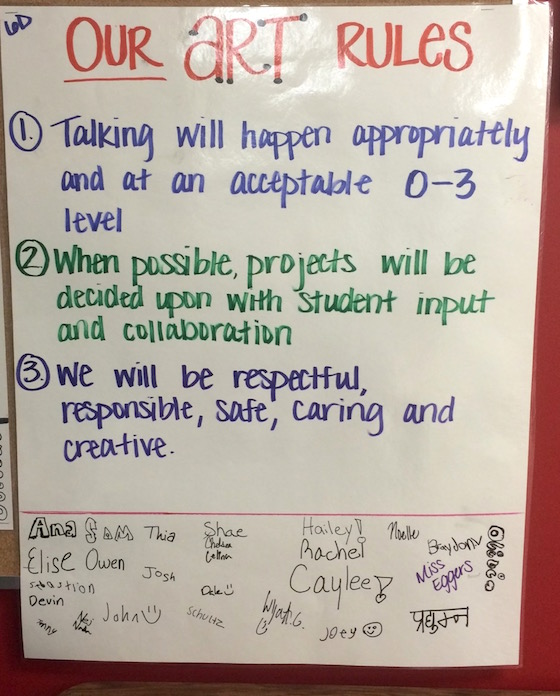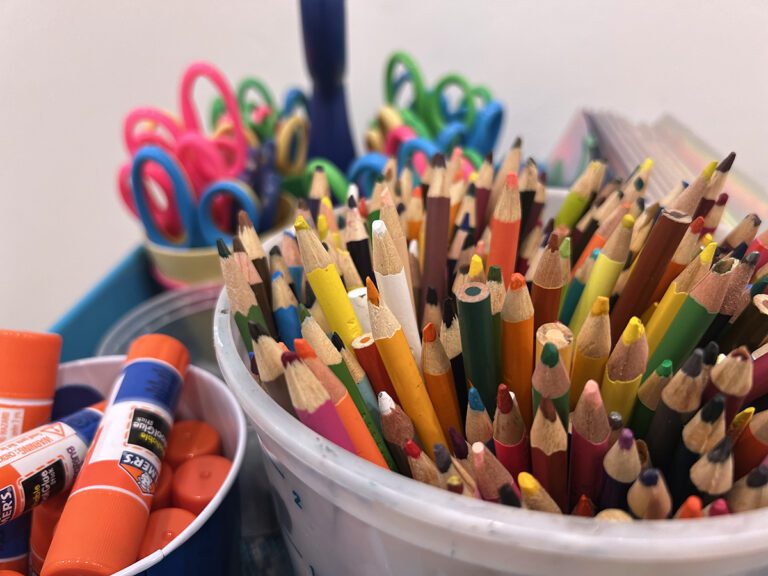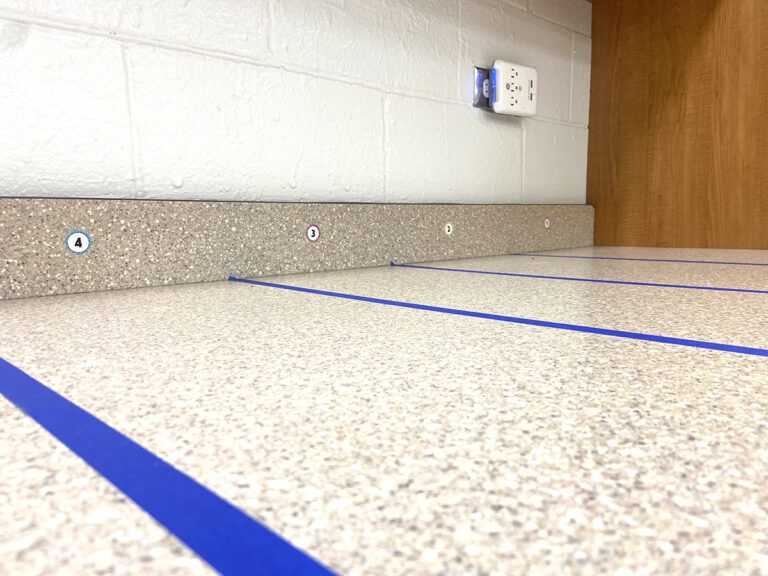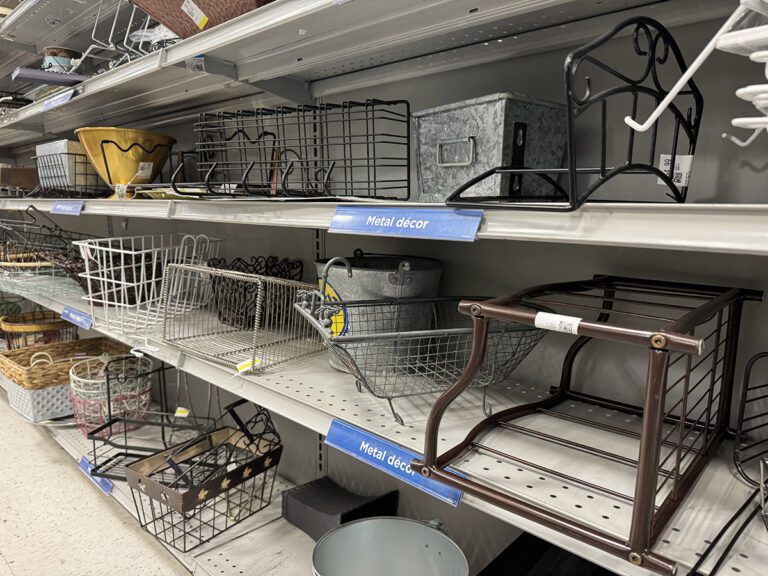We all have those classes. Maybe you have a tough class once in a blue moon, maybe one every other semester, or maybe, it is much more frequent than that. They take an emotional toll on us. They make us question our effectiveness as teachers and even our career paths. But we are resilient. We wouldn’t be effective teachers without learning from and reflecting upon our experiences. Below are some of the things I’ve learned and experienced while dealing with some of my toughest classes. Add yours in the comments below!

1. Teaching your toughest class is extremely emotional.
You worry, with growing anxiety, until you see them again. The high-level of emotions you experience with this class takes a physical toll and is draining. But let’s also consider the students. They intuitively pick up on your emotions as well as their own. Find a way to lower the emotional atmosphere of this class time. See #4, #6, #14, and apply your Love and Logic skills!
2. You will feel guilty.
You will feel badly for, and about, the students who aren’t breaking the rules or being disrespectful. Try to identify the students that are causing issues, so that you don’t present consequences for those who don’t need them. You will also feel guilty about many other things that deal with this class. Be proactive and find solutions for your guilt. Or, take advice from Elsa and Taylor, and “Let It Go” or “Shake It Off”! (Seriously, dancing helps!)
3. It’s important to be kind and keep your cool.
This relates to #1, but is more about being professional. It’s hard, but losing your cool loses your students’ respect. We’ve all heard the old adage of “killing with kindness”. It’s hard for students to continue to push or escalate their emotions (and yours) if you are kind and even-keeled.
4. Not taking the behavior personally is key.
This is the hardest piece of advice to take. Though this doesn’t excuse our students’ behavior, we need to consider their home lives as well as their social lives. Young children and adolescents are extremely egocentric. They can’t help it. Sometimes their actions and behaviors have absolutely nothing to do with us, or our class.
5. You will reflect, problem-solve, and strategize like crazy.
There will be times you literally want to pull your hair out. But, as soon as they walk out of the room, you’ll be brainstorming six new ideas to try next time. You will rack your brain and try every strategy you can, until you find the right one(s). These might even change week-to-week, or month-to-month. Seek out other teachers and specialists in your building to discuss and share solutions. This should stay professional. Having a team to strategize with will benefit everyone, including your students.
6. Saying “sorry” does wonders.
As humans, sometimes we have a hard time admitting we are wrong. Admitting our wrongs is humbling. Saying “sorry” can do wonders for your classroom climate. It can also improve and repair strained relationships with students.
7. If you make it “our” class, not “my” class you will help create ownership.
Students need to feel ownership in their learning and in their learning environments. If they feel they are part of a dictatorship, they will rebel. My toughest class transformed when I apologized for not including them in the creation of the rules for our classroom. It completely altered the classroom climate, and vastly improved our relationships. We created a list of rules and consequences we felt were fair. Now, students feel a sense of ownership and even hold each other accountable.

8. It’s OK to use different strategies for different classes.
Fair isn’t equal. Some classes need different boundaries and expectations than others. As long as you’re consistent within that class period, students will have a hard time arguing that you aren’t. Being consistent in every aspect of your teaching removes a lot of pressure, emotion, and subjectivity.
9. To move forward, don’t rehash the past.
We all have bad days and don’t want, or need, them to be brought up again and again. Unless there needs to be consequences for a specific issue or student, try to start each class time with a blank slate. This will help both you and your students to move forward. When you see positive behavior, call attention to and recognize it.
10. Preparation and organization will help you tremendously.
I learned very early on how essential it is to be prepared and organized for every class. While I was still new, students took advantage of any down time to misbehave. I now have my management strategies down, but preparation and organizing for efficiency allows even less time for misbehavior.
11. Always expect the unexpected.
As our teaching careers progress, we get used to all the shenanigans students can pull. But never underestimate their creativity. Also, some classes may act different ways on different days. This lends itself to #9.
12. Don’t be afraid to throw out a lesson or strategy.
Lessons flop, and strategies and interventions sometimes don’t work. Move on and keep searching. If you don’t have their attention, interest, buy-in, or accountability, you’re asking for misbehavior. If those aren’t obvious cues, here are some other pointers to help you make your decision.
13. It’s OK to vent, but be smart about it.
Sharing our feelings is healthy. But in our world, it’s also important to be professional. If you need to vent to someone at work, make sure it’s someone who will keep your opinions confidential. He or she should help you problem-solve to come up with solutions. Venting can create a tornado of negativity, don’t get stuck in a never-ending cycle.
14. You may never get through to ALL of your students.
While you shouldn’t give up, concentrate your efforts on those that want to be in your class and learn from you.
15. Don’t give up on them. These are the kids that need you the most.
These kids will be masters at pushing your buttons, but what they’re really looking for is someone that cares for them despite their defiance. Michael Linsin, an author whose book we use in our Management class, has an excellent post about this very topic over on his blog, Smart Classroom Management, which has even more strategies for you!
Our toughest classes challenge us. They push us to the edges of our sanity. But, in the end, they make us stronger and more effective teachers. We wouldn’t care as much if we weren’t invested in what we do. We are teachers, mentors, and role models. We teach for many different reasons, but ultimately we teach to reach our students.
Want to read further? Here are 15 Things No One Tells You About Becoming an Art Teacher.
How do you cope with your toughest classes?
What would you add to the list?
Magazine articles and podcasts are opinions of professional education contributors and do not necessarily represent the position of the Art of Education University (AOEU) or its academic offerings. Contributors use terms in the way they are most often talked about in the scope of their educational experiences.




